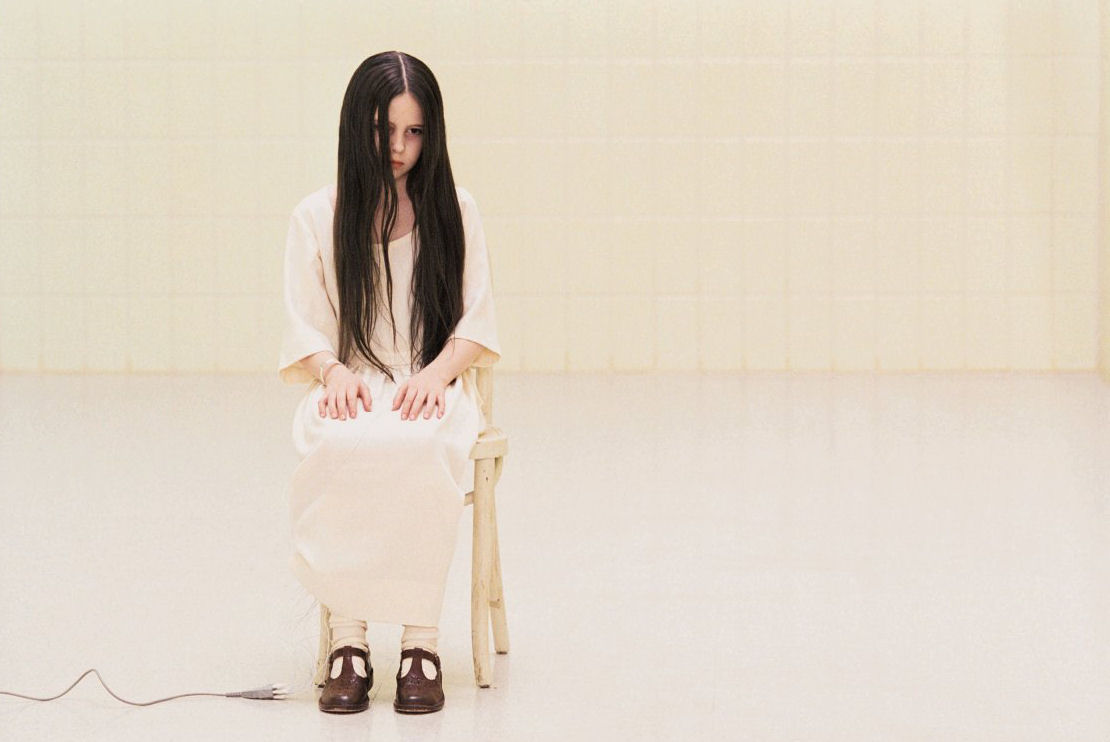
Image Credit: Picgifs.com
At least once a year, my fevered, candy-addle, jumped-up-on-Halloween brain grapples with the compelling notion that the horror genre somehow contains the key to unlock some delightful secrets about our cultural, if not our human, condition. The genre fascinates because its appeal rests on its ability to draw forth all of the emotional and physiological reaction we, as a species, have been conditioned to be very, very wary of. I can understand why romantic comedies command so much cultural popularity, but horror movies? Revulsion, repulsion, terror, horror, disgust...the viewer is bombarded with stimuli that are designed to make you feel as though you should flee as quickly as you possibly can, and yet, riveted we sit, consuming horror with more fervor and delight than we consume popcorn. So how does this genre relate to gender?
In my travels through the windy realms of random conversation, I have stumbled upon the opinion that horror movies take advantage of cultural anxieties (dangerous strangers, home invasion, loss of self) in order to shock and titillate. Many horror movies mobilize these anxieties in a Christian-Old-Testament manner, using powers beyond human comprehension to dole out a form of moral judgment on any reprehensible flouters of social law. Consider the trope of the massacred drunken, sexually-active teens coupled with (pun intended) the survival of the abstaining, typically female, virgin. Halloween (1978) seems to be the big-name film that cemented this motif in the modern horror genre, though the trope itself goes back much, much farther. I'm particularly interested in this cliché because it idealizes the adrenaline-flushed, active female body while implicitly condemning sexually-oriented energies. Is it sublimation? Is it a way of giving the (supposedly heteronormative male) viewer a pseudo-pornographic thrill without the taint of actual sex? Speaking of a supposedly male viewer, what does the constant stream of female protagonists in horror movies indicate? The skeptic in me berates the genre for a) deriving so much affect from strictly female suffering and for b) parading a female body in front of the viewer to generate erotic responses while refusing to let the heroine herself enjoy her sex life without being chased about by ghosts, serial killers or zombies. Double standard, horror genre.
However! The optimist in me wonders whether or not the female protagonist might serve as a point of identification rather than an object of stimulation. Do we not feel her fear? Her despair? Does the emotional connection we make with her transcend the threat of her reification? In addition, some horror movies tackle sexual anxieties from a female, not a puritanical, perspective. Alien (1979) not-so-subtly preys on fears of pregnancy, “monstrous” or overbearing maternity, and parental responsibility. The Ring (2002), the American remake of the Japanese Ringu, examines a single mother's struggle to raise her precocious child. Coincidentally, the supernatural threat in the story happens to be a little girl whose adoptive parents “failed” to control or understand her. If horror movies do rely on secret social terrors to illicit fear in their viewers, the genre's politics, and maybe monsters, rely on the community those anxieties are being drawn from. A hyper-conservative moral community might generate a noncommunicative, hand-of-god executioner. A perceived viewing group of men and women worried about raising children in a modern landscape yields ghost children. Of course, the formula for monster creation isn't so simple, but it's a promising thought experiment.
Recent comments
2 years 29 weeks ago
2 years 44 weeks ago
2 years 44 weeks ago
2 years 50 weeks ago
3 years 4 weeks ago
3 years 4 weeks ago
3 years 4 weeks ago
3 years 6 weeks ago
3 years 6 weeks ago
3 years 6 weeks ago